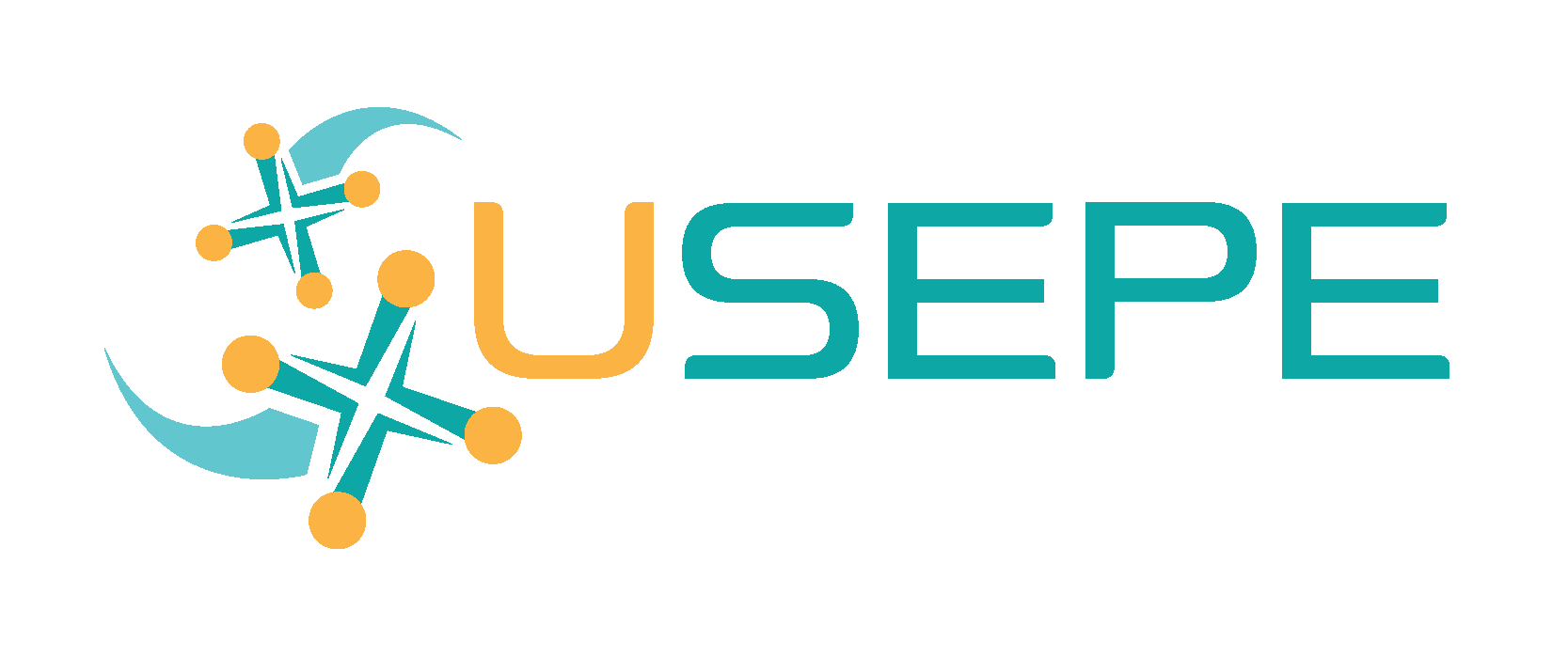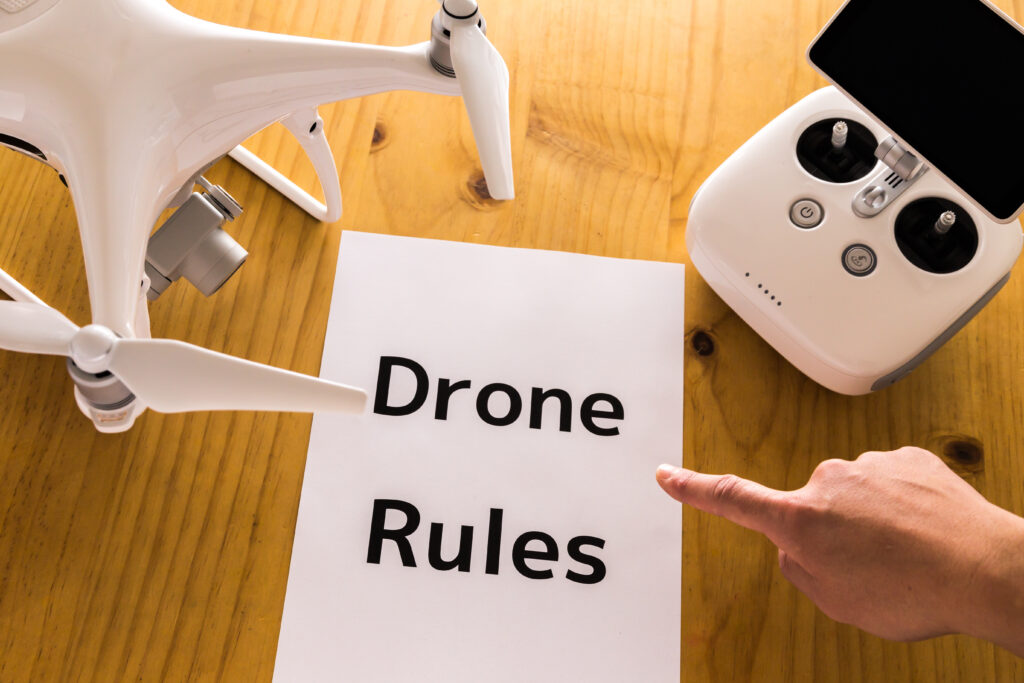
From current state of U-Space services to future opportunities and challenges, we would like to introduce here three main documents recently published by European authorities and organisations, which build the framework for future urban air mobility services. Read more about these reports and perspectives below, and check out the documents themselves to be informed and take part in the EU sky’s future (in parallel to exploiting the USEPE results!).
The European Drone Strategy 2.0
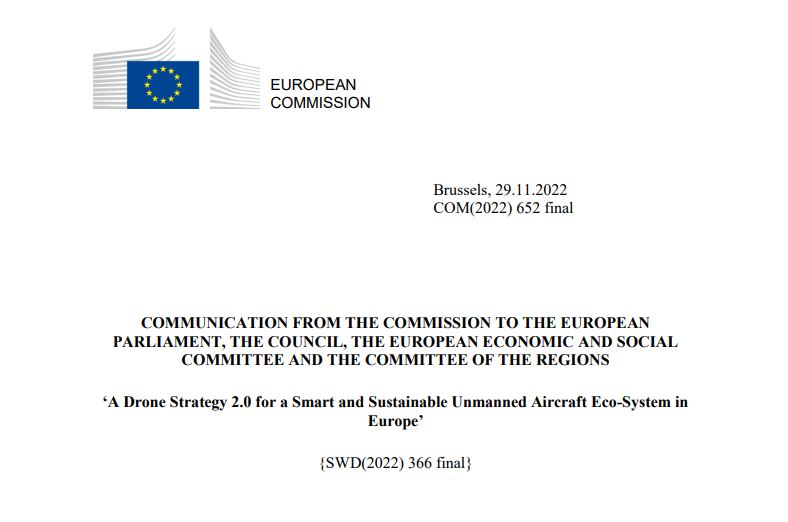
The European Drone Strategy 2.0, adopted on November 29 by the Commission, sets out a vision for the further development of the European drone market. It builds on the EU’s safety framework for operating and setting drones’ technical requirements. In this view, it identifies current uses of drones and the technological and regulatory advancement for their operation. In parallel, it elaborates on the future uses, and milestones enabling them, such as artificial intelligence, robotics, semi-conductors, and EU space services and mobile telecommunications.
Nineteen operational, technical and financial flagship actions are identified to build the right regulatory and commercial environment for tomorrow’s drone air space and market. These actions cover both how to further build the European drone services market and how to strengthen the European drone civil, security and defense industry capabilities and synergies. They include safety rules amendments, research for drones’ integration with existing Communication, Navigation and Surveillance technologies, rules adoption for drone certification, pilot licensing and training, vertiports design and operation, platform creation to support sustainable implementation by authorities, cities, industry and stakeholders. But they also address the creation of a “European Trusted Drone” label, the elaboration of a Strategic Drone Technology Roadmap to reduce dependencies and stimulate innovation, further research on technology development and more testing facilities, and cybersecurity reinforcement with a resilience objective.
Report on Expectations and Success Factors for UAM in Europe
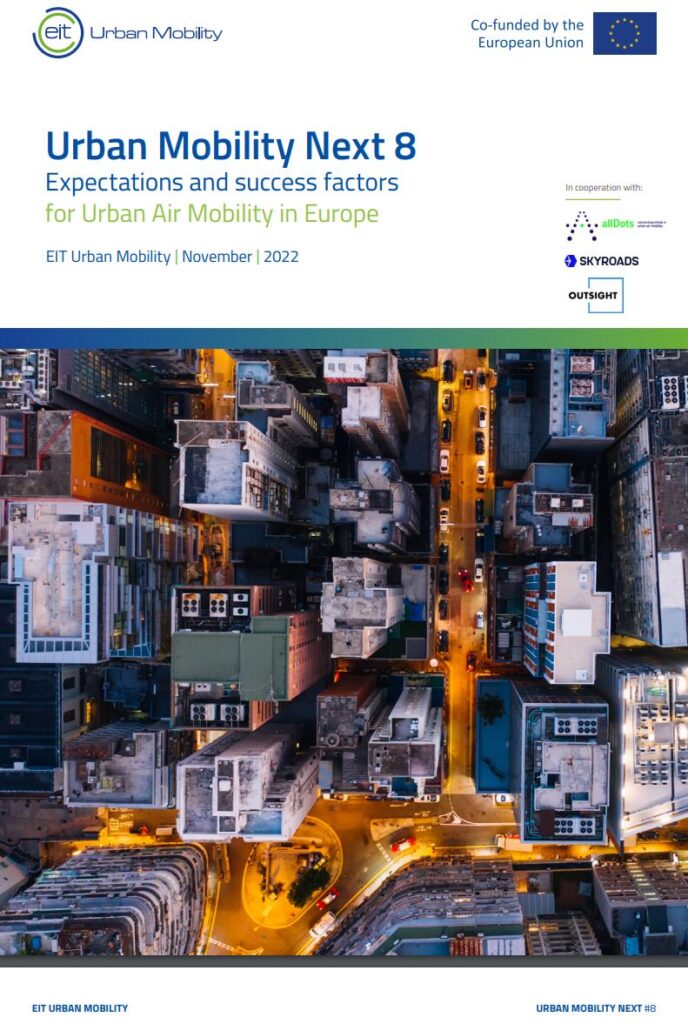
Written in collaboration with Outsight International, allDots – All Dot Solutions GmbH and Skyroads, the EIT Urban Mobility report on Urban Air Mobility (UAM) provides insights on what future applications for UAM in Europe could look like. Contributions from more than 60 experts from the public and private sectors, including some EU-funded projects collaborating with USEPE, were collected via a questionnaire and during an in-person workshop with EIT Urban Mobility partners.
EIT Urban Mobility has been working on fostering the discussion on UAM in Europe and contributing to a better understanding of the solutions it offers across businesses, cities, research institutions and universities. To this end, the Special Interest Group on UAM (UAM-SIG) was initiated: it supports all UAM actors in the complex process of mobility transition they are facing, to create an ecosystem and to facilitate its development, in which all views and experiences are included.
The report aims at answering the following research questions:
1. How has the market for UAM developed in recent years? What are the trends and forecasts
for UAM uptake in European cities? Where is the EU doing well and where can it improve?
2. What are the latest technical evolutions in the UAM sector? What timeline and developments can be expected until full-scale deployment?
3. What do cities, citizens, and experts expect from UAM?
4. How safe are drone operations today, and how can safety be further improved for UAM in
the future?
5. What are the biggest challenges cities and municipalities are facing with regards to a successful implementation of UAM on city level?
Monitoring Report on U-Space Services Implementation
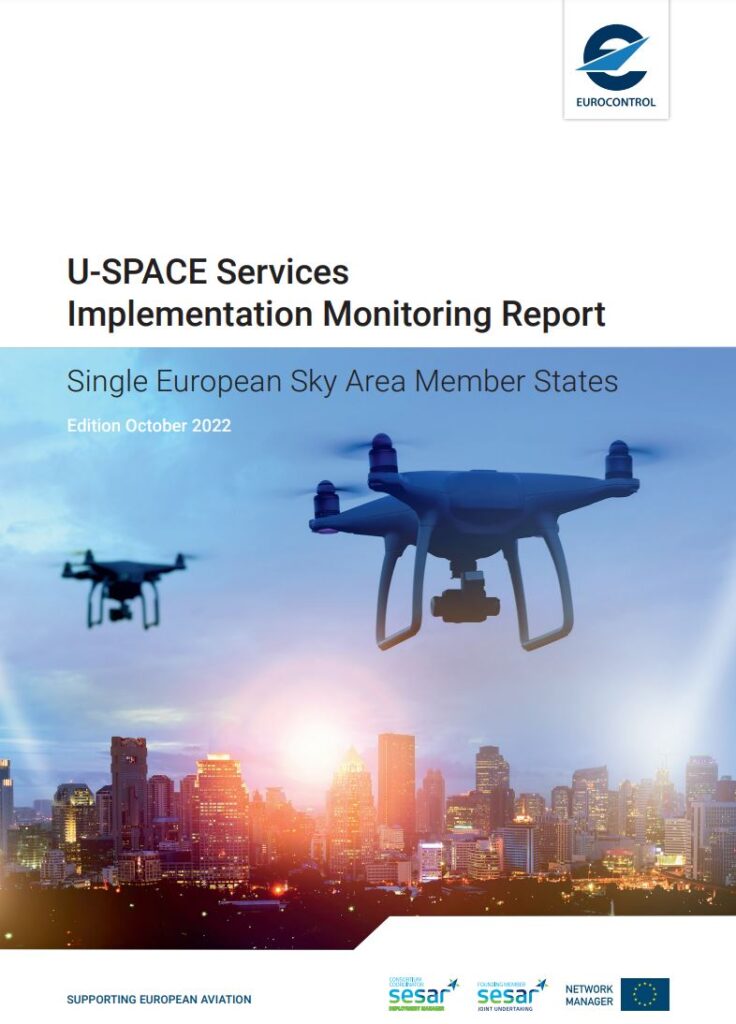
The EUROCONTROL U-Space Services Implementation Monitoring Report is the 2022 edition of a document published every second year to assess the progress made in implementing U-Space services. U-Space services enable Very-Low Level (VLL) drone operations in the Single European Sky (SES) Member States Area (27 EU Member States, Norway and Switzerland).
A dedicated monitoring tool integrating a tailored survey, conducted, and coordinated by the
EUROCONTROL Planning and Support (PAS) Unit, targeted all SES Member States to gather data
related to implementation of 31 U-Space services, defined in the Concept of Operation for European
UTM Systems CORUS 763551 project (EUROCONTROL, 2019).
148 representatives from EU SES national stakeholders were granted access to provide status of
implementation progress, as well as to address medium-term planning information concerning the
implementation of U-Space Services in the future in their national environment.
Results of data analysis show variable progress in preparing for implementing U-space services across all levels (U1, U2 and U3) in SES Member States but, interestingly, the number of U-Space services reported as “planned” increased compared to the number in 2018, indicating a rising trend of stakeholders preparing to implement U-Space Services.

